UFOs Disappears Into Thin Air



UFOs Disappears Into Thin Air
Date of UFO sighting: February 19, 2016 Location: Ontario, Canada
two UFOs hovering then disappear in thin air.
Check out the video here.
Check out our youtube channel here.
Latest UFO Sightings World.
More Posts from Scotlandknight-blog and Others
Very interesting....
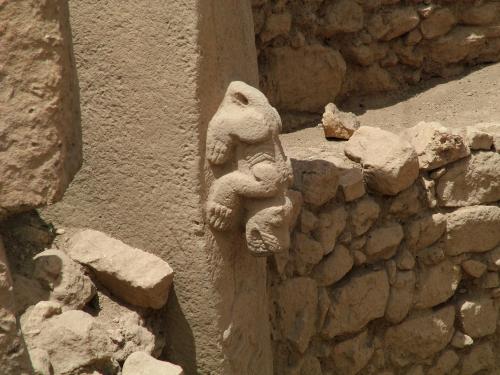
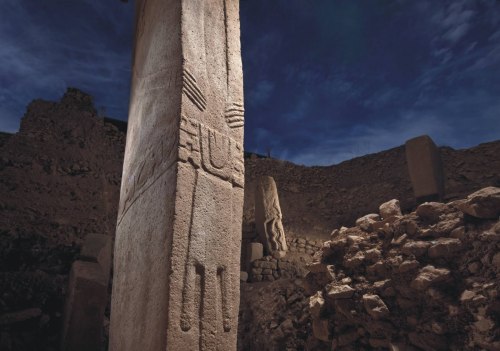
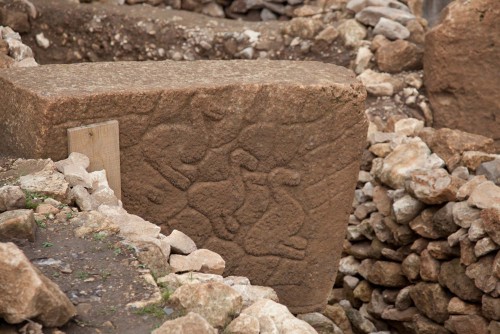
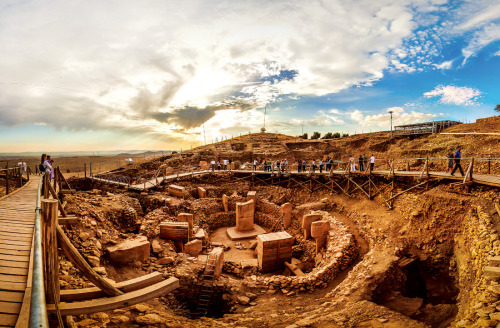
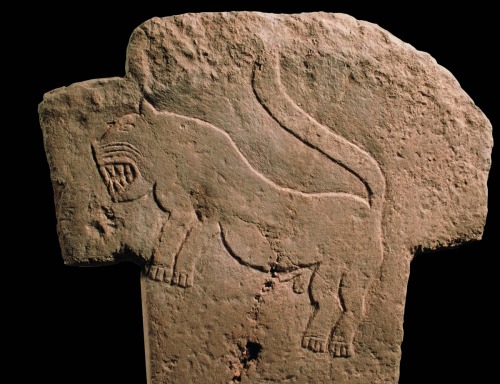
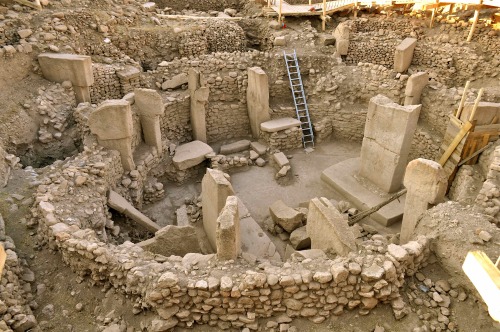
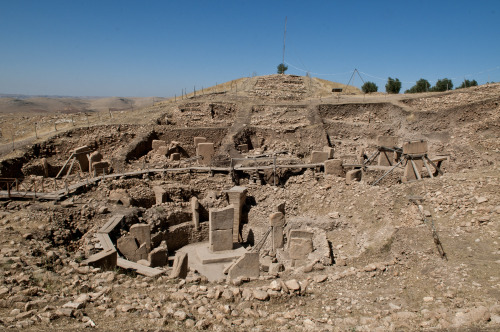

Göbekli Tepe, an archaeological site at the top of a mountain ridge in the Southeastern Anatolia, and one of most ancients shrines in the world, dated to the 10th millennium BCE


NGC 6888 // Crescent Nebula (upper right) & Soap Bubble (lower left)


UFO Sighting January 7, 1948: Over Kentucky
Residents of the Madisonville, KY area telephoned police to report that they had seen “a circular object hovering overhead and giving off a brilliant glow.” State police then alerted Air Force officials at Goodman Field, an air base at Fort Knox. 15 minutes later, the airfield’s tower crew spotted the UFO as well, and used the radio to ask a squadron of P-51 fighters already aloft to investigate. Squadron leader Capt. Thomas Mantell, Jr. an expert pilot who had won the Distinguished Flying Cross for bravery during World War II, responded that he had spotted the UFO and was in pursuit. “I’m closing in now to take a good look,” Mantell reported in his last radio transmission at 3:15 p.m. “The thing looks metallic, and is tremendous in size.” Three minutes later, Mantell crashed and was killed instantly. nobody knows what was in the skies that day, except of course Mantell.

A galactic mega-merger


Vintage grainy footage has allegedly emerged out of Area 51 showing what looks like 3 UFO orbs flying around the Base! The film is etched with (NASA 51) which links Area 51 & NASA together nicely.
Area 51 is located in the southern portion of Nevada in the western United States, 83 miles (134 km) north-northwest of Las Vegas. Situated at its center, on the southern shore of Groom Lake, is a large military airfield. Area 51 has long been the subject of UFO rumours.


Above is the image of what appears to be a large UFO above earth which was photographed on-board the International Space Station (ISS) by the Astronaut Scott Kelly of what looks like a very clear unknown craft, that was soon dismissed by NASA as part of the ISS (they would say that) but now Scott Kelly whilst on a live TV interview recently, has very calmly admitted about existence of Aliens above earth.
Scott Kelly at the time of his NASA interview, was discussing about his time in space, when he suddenly broke out with what may be one of the biggest disclosure bombshells EVER! Please watch when it gets to about 20:10 on the video (link below).
He said:
“I think coming back to Gravity is harder than leaving Gravity SO….I don’t know, maybe the ALIENS have got it a lot easier than we do"
Scott Kelly Interview ➡ https://youtu.be/eZog_ap1Kmg
Cassini Top 10 Images and Science Results of 2015
As our Cassini spacecraft enters its final 20 months before its plunge into Saturn, the mission’s science team has selected their top 10 images from 2015 (above), a year of historic discoveries, as well as the top science results (below). Take a look:
1. First Deep Seafloor Hydrothermal Vents Found Beyond Earth

Cassini found the first evidence of active hot-water chemistry beyond planet Earth. An extensive, four-year analysis of data from the spacecraft, computer simulations and laboratory experiments led researchers to the conclusion the tiny silica (SiCO2) grains most likely form when hot water containing dissolved minerals from the moon’s rocky interior travels upward, coming into contact with cooler water.
2. Global Ocean Beneath Enceladus’ Surface

A global ocean lies beneath the icy crust of Saturn’s geologically active moon Enceladus. Scientists analyzed more than seven years’ worth of images of Enceladus taken by the spacecraft, which has been orbiting Saturn since mid-2004. As a result, they found Enceladus has a tiny, but measurable wobble as it orbits Saturn. This proves that there must be a global layer of liquid separating the surface from the core.
3. Titan Observed Outside of Saturnian Magnetosphere

During Cassini’s flyby of Titan, the giant moon happened to be on the sunward side of Saturn when a powerful outburst of solar activity reached the planet. The strong surge in the solar wind so compressed the sun-facing side of Saturn’s magnetosphere that the bubble’s outer edge was pushed inside the orbit of Titan. This left the moon exposed to, and unprotected from, the raging stream of energetic solar particles. The region of space dominated by Saturn’s magnetic field is called the magnetosphere.
4. Density of a Ring Particles May Indicate Recent Origins

Saturn’s A ring was found to be warmer than expected at the planet’s equinox, and also had an unusually large thermal asymmetry about the equinox. This could be due to the A ring being mostly composed of denser particles made primarily of solid ice, with a thin top layer of fluffy regolith.
5. Titan Southern Polar Ice Cloud

Scientists have detected a monstrous new cloud of frozen compounds in Titan’s low- to mid-stratosphere – a stable atmospheric region above the troposphere, or active weather layer.
6. Curtain Vents on Enceladus?

New research using data from Cassini suggests most of the eruptions from Saturn’s moon Enceladus might actually be diffuse curtains rather than discrete jets. Many features that appear to be individuals jets of material erupting along the length of prominent “tiger stripe” fractures in the moon’s south polar region might be phantoms created by an optical illusion, according to the new study.
7. Discovery of Tethys Red Arcs

Like graffiti sprayed by an unknown artist, unexplained arc-shaped, reddish streaks are visible on the surface of Saturn’s icy moon Tethys. The origin of the features and their reddish color is a mystery to scientists.
8. Saturn’s 30-year Giant Storms Powered by Water Convection

Changes in temperature and the composition of the hydrogen-laden air within the remnants of a giant storm system on Saturn reveal that air was lofted more than 120 miles in altitude from the deeper water condensation levels.
9. Seasonal Change Seen at Saturn’s Poles

Saturn’s polar regions have displayed extreme seasonal changes during Cassini’s decade-long watch, providing the most comprehensive view ever obtained of seasonal change on a giant planet.
10. Huygens Probe Imaging Mosaic of Titan’s Surface and Descent Movie

Ten years ago, an explorer from Earth, the Huygens probe, was released from the Cassini spacecraft and parachuted into the haze of an alien moon toward an uncertain fate. After a gentle descent lasting more than two hours, it landed with a thud on a frigid floodplain on Titan, surrounded by icy cobblestones.
Make sure to follow us on Tumblr for your regular dose of space: http://nasa.tumblr.com

Robert McCall

M81 & M82
-
 8limblove liked this · 4 years ago
8limblove liked this · 4 years ago -
 gonoudanmoethetmaar liked this · 7 years ago
gonoudanmoethetmaar liked this · 7 years ago -
 mysevernoesiyanie-blog liked this · 8 years ago
mysevernoesiyanie-blog liked this · 8 years ago -
 rinrhajii liked this · 8 years ago
rinrhajii liked this · 8 years ago -
 bannytranjo reblogged this · 8 years ago
bannytranjo reblogged this · 8 years ago -
 spacekush95-blog reblogged this · 8 years ago
spacekush95-blog reblogged this · 8 years ago -
 1lovecake-blog liked this · 8 years ago
1lovecake-blog liked this · 8 years ago -
 1lovecake-blog reblogged this · 8 years ago
1lovecake-blog reblogged this · 8 years ago -
 aliensandmakeup reblogged this · 8 years ago
aliensandmakeup reblogged this · 8 years ago -
 muggleswithtattoos liked this · 8 years ago
muggleswithtattoos liked this · 8 years ago -
 muldien-blog reblogged this · 8 years ago
muldien-blog reblogged this · 8 years ago -
 tormentedsaint-deadlysinner reblogged this · 8 years ago
tormentedsaint-deadlysinner reblogged this · 8 years ago -
 tormentedsaint-deadlysinner liked this · 8 years ago
tormentedsaint-deadlysinner liked this · 8 years ago -
 velveteen-uniqorn liked this · 8 years ago
velveteen-uniqorn liked this · 8 years ago -
 klen7 liked this · 8 years ago
klen7 liked this · 8 years ago -
 angelwakingup liked this · 8 years ago
angelwakingup liked this · 8 years ago -
 fickleheartbeats liked this · 8 years ago
fickleheartbeats liked this · 8 years ago -
 robtilian-horror reblogged this · 8 years ago
robtilian-horror reblogged this · 8 years ago -
 idntexst liked this · 8 years ago
idntexst liked this · 8 years ago -
 poetrylesbian liked this · 8 years ago
poetrylesbian liked this · 8 years ago -
 muldien-blog reblogged this · 8 years ago
muldien-blog reblogged this · 8 years ago -
 whitewalkerschoir liked this · 8 years ago
whitewalkerschoir liked this · 8 years ago -
 eutz liked this · 8 years ago
eutz liked this · 8 years ago -
 truth-2b-told reblogged this · 8 years ago
truth-2b-told reblogged this · 8 years ago -
 agapemsgd reblogged this · 8 years ago
agapemsgd reblogged this · 8 years ago -
 blueheartboy liked this · 9 years ago
blueheartboy liked this · 9 years ago -
 shitsite37 liked this · 9 years ago
shitsite37 liked this · 9 years ago -
 patientisthenight liked this · 9 years ago
patientisthenight liked this · 9 years ago -
 jackfrostycoke reblogged this · 9 years ago
jackfrostycoke reblogged this · 9 years ago -
 paulom110 liked this · 9 years ago
paulom110 liked this · 9 years ago -
 krit-117 liked this · 9 years ago
krit-117 liked this · 9 years ago -
 ufolife2016 liked this · 9 years ago
ufolife2016 liked this · 9 years ago -
 kraken732 reblogged this · 9 years ago
kraken732 reblogged this · 9 years ago -
 findmeheredear reblogged this · 9 years ago
findmeheredear reblogged this · 9 years ago -
 findmeheredear liked this · 9 years ago
findmeheredear liked this · 9 years ago -
 luana483 reblogged this · 9 years ago
luana483 reblogged this · 9 years ago -
 notaconspiracytheorist reblogged this · 9 years ago
notaconspiracytheorist reblogged this · 9 years ago